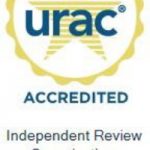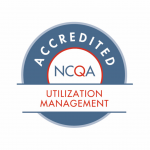
Healthcare Independent Review and ‘No Surprise Act’
Understanding the Vital Role, Challenges, and Opportunities of Independent Medical Review Services, offers a behind-the-scenes look at internal and external appeals, reasons why accredited IROs reduce risks, and a crash course on newer review services, such as the independent dispute resolution process that’s part of the No Surprise Act (NSA) surprise billing regulations.









